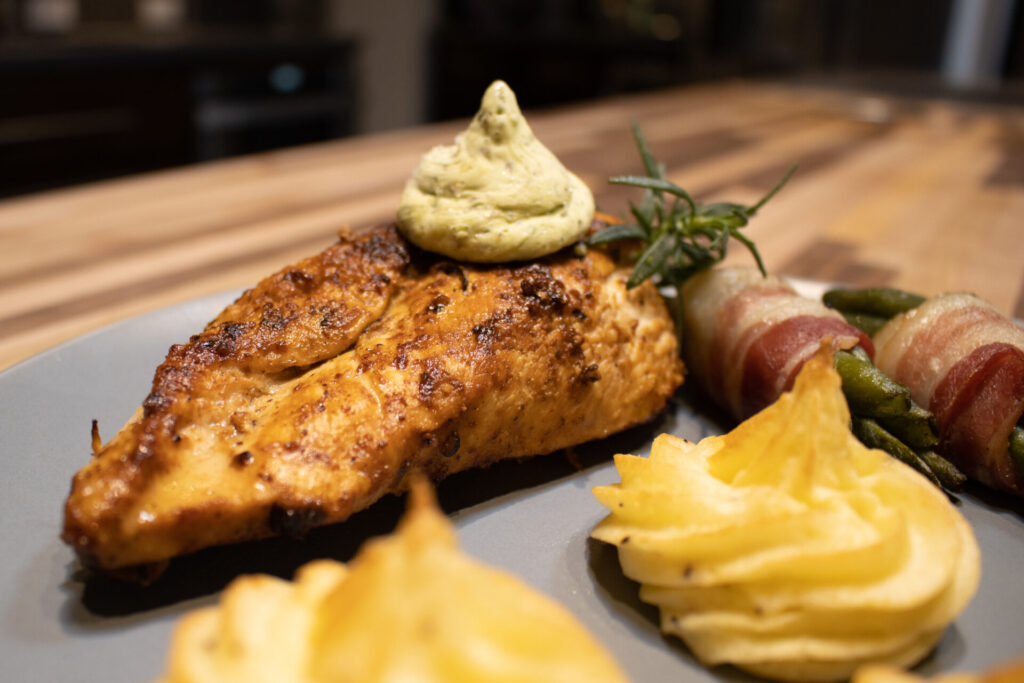Meat & Fish Preparation
October 18, 2023Correct preparation of meat and fish should be regular step for any cook. Basically, preparation starts with a thorough rinsing followed by the removal of unwanted parts to the portioning of the meat and fish (the exception to these rules would be ground meat). The major focus of this section is to explain the basic methods on already cut portions.






Share
Click on the icons below to share "Title of the item to share"